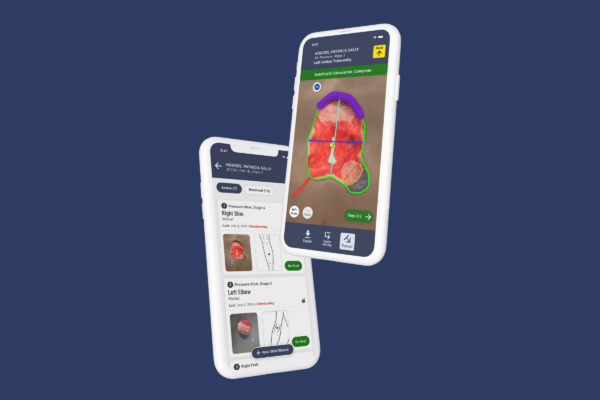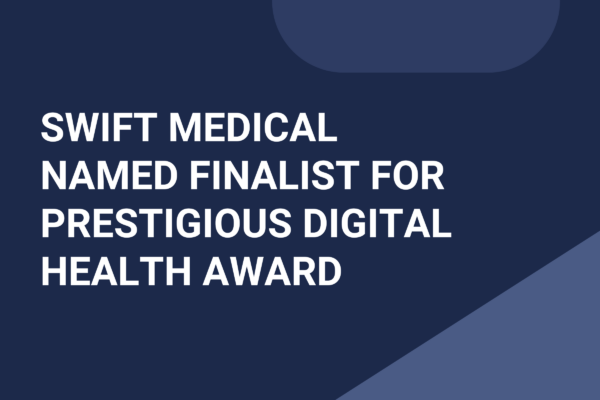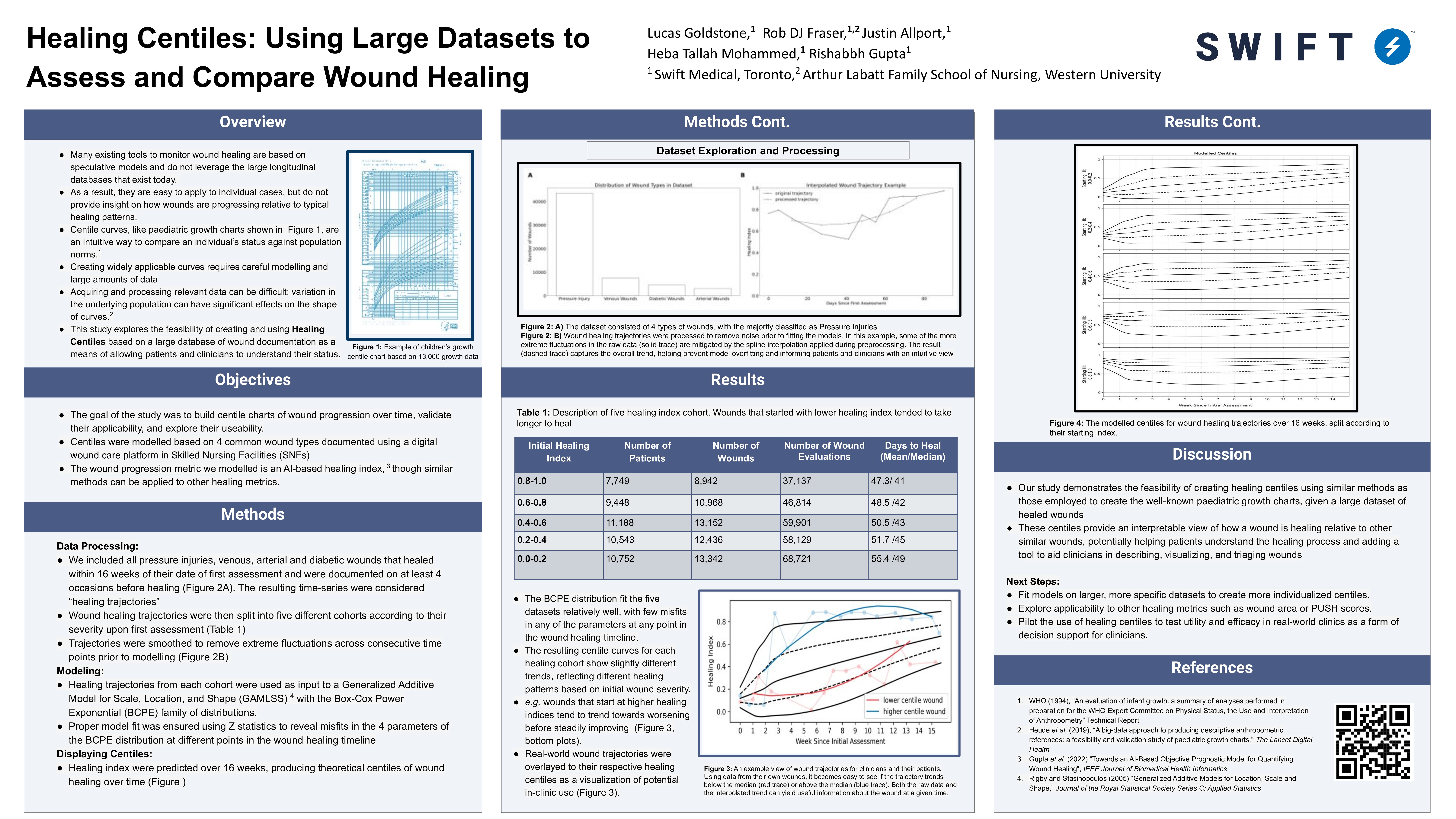During yesterday’s live webinar, Swift Medical VP of Marketing Melissa Alvares was joined by a panel of esteemed healthcare innovators from across North America. You can find the biographies and achievements of the panel here, however in this post we wanted to share the questions asked by the audience of attendees during the webinar, along with the answers.
All answers are courtesy of panelist Zayna Khayat, Future Strategist at SE Health.
Q1: Could you share some business cases about allocating nurse time in relation to NPV of the project?
I’ve seen a range of ways this is done. The most common is that a central ‘fund’ will cover the time of nurses so that they can work on innovation projects without their home department or unit having to lose the staff capacity.
Others use the secondment or job rotation model, where nurses can take 3 or 6 months to lead or work on a major innovation project, and then cycle back to their home department, turbocharged with new mindsets, tools and capabilities.
Further still are less structured models, where nurses are involved in (or lead) innovation projects “on the side” – and they are motivated by the energy it brings and creates, so it does not add to burnout, rather it unlocks new energy.
Q2: I believe that calling things “innovative” will not generate the changes we are hoping for. We need to design a change and a new way of working to create those innovations. What recommendations do you have on how to approach this in an entrenched system that has invested a lot in incremental improvement using LEAN and traditional, outdated models like PROSCI?
For what it’s worth, “innovation” is a banned word for our team. Too much innovation theatre, and too much confusion between “innovative thinking” (aka, creativity), and actual innovation, which means doing new or better things that create value at scale.
Q3: Are we always innovating in times of prosperity? How can we keep innovating when health systems may be restructuring and disbanding lead teams or innovative hubs?
When times are lean, is when you need to double down on innovation. This is where executive leadership commitment to your innovation program or model is vital.
Q4: What is the role of design thinking in innovation?
It is the core methodology that almost everyone in health innovation now uses. But I wouldn’t call it design thinking, rather “human-centered design”.





